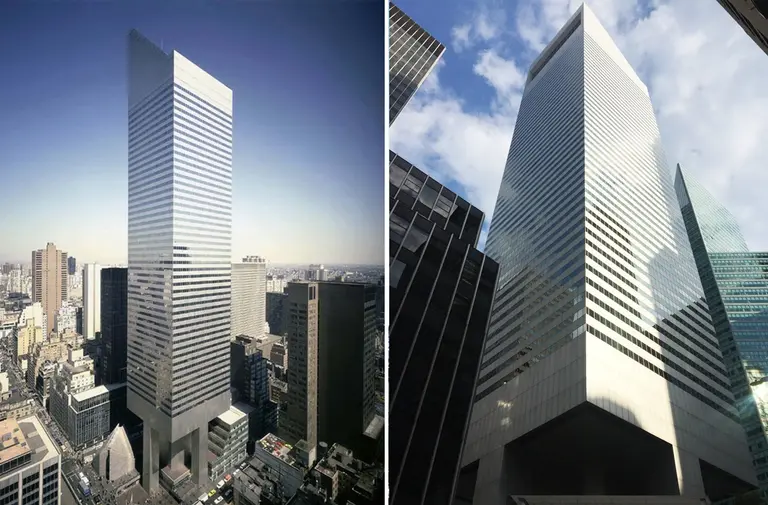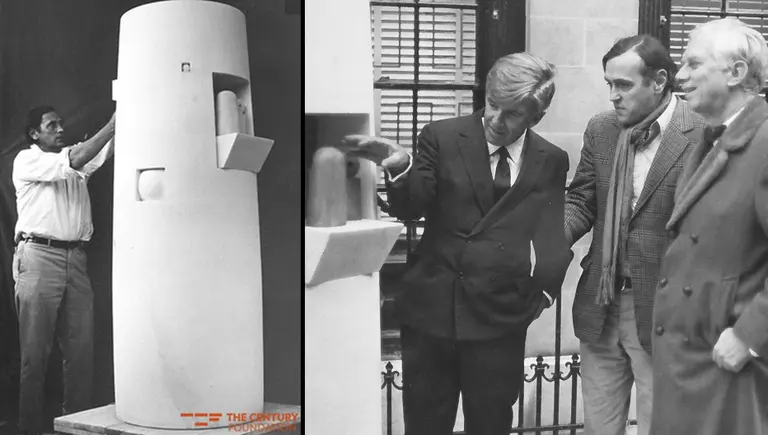December 5, 2016
The last time a political outcome stunned the country with such a polarizing impact was in 1919, when the 18th amendment—prohibiting the production, sale, and distribution of alcohol—was ratified. After a 70-year campaign led by several groups known as The Drys, who insisted alcohol corrupted society, the ban on alcohol arrived in 1920 and was enforced by the Volstead Act.
But the Noble Experiment did little to keep people from drinking. Indeed, Prohibition led citizens to dream up creative ways to circumvent the law, turning the ban into a profitable black market where mobsters, rum-runners, moonshiners, speakeasies, the invention of cocktails, and innovative ways to market alcohol took the country by storm. Prohibition in many ways fueled the roaring twenties, and it made things especially exciting in New York City.
December 5th marks the 83rd anniversary of Repeal Day, when 13 long years of Prohibition finally came to a close.
Read on about Prohibition and the Repeal

